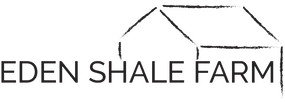|
By Dr. Steve Higgins Over the past two years, producers have seem more mud and production losses than they ever want to see in their life. The ripple effect from above average rainfall and moisture is still having negative impacts on production. Production issues that impacted beef cattle producers the most were mud, mortalities (both calves and cows), body condition score loss, wasted feed, erosion, torn up fields, poor hay quality, poor feeding areas, and weak calves. One possible production solution that could address several of these issues is the implementation of calf pens and pastures created using creep gates. Creep gates are traditionally used to provide supplemental feed to calves. Creep gates are designed to exclude large stock but allow calves access to a feeder, pen, or pasture. The implementation of a creep pen or pasture can provide calves a dry area to escape mud, lay down, and reduce the risk of trampling from adult cattle. Within this creep area a producer could provide access to a shelter area that could have a roof. The concept is to provide a well-drained area for calves with or without supplemental feed, without their moms having access. The important components that it should provide are dry bedding, grass cover, heavy traffic pads, or any surface which provides comfort to the calves. More flexibility is obtained by providing multiple options, which also increase the benefit-cost ratio. Calves have the instinctive behavior to seek dry places to camp. These camping places are typically the wasted hay areas round feeding areas (Figure 1). Lying down in feeding areas occupied by cows can lead to the injury or death of a calf. The idea of a calf pen or pasture is to provide a safe place to camp that is away from mud and larger, inattentive stock that could accidentally step on them. Figure 2 is a layout for a cow-calf operation that incorporates a centralized feeding area. The incorporation of lanes or animal trails and gates allows these feeding areas to be accessible by six different pastures. The incorporation of hay storage, handling facilities, and feeding structure creates a centralized operations hub, which provides organization, efficiency, and simplicity. Equally important in that the layout provides a creep area for calves adjacent to the winter-feeding structure for cows figures 2 and 3. This means that as cows come up to feed, the calves have the opportunity to cleave off and go into their own area, which allows the cows to feed without having calves under foot (Figure 4). When the cows leave the centralized feeding area, to return to one of the six pastures, the calves rejoin the cows using the lane (Figure 5). The creation of a creep pen or pasture area can be accomplished using various methods and materials. The economy of materials can allow a producer to implement an area with a minimum of expense. The cost of one fallen calf could pay for the implementation of the practice. Design components should include a dry, well-drained area. The area may provide supplemental feed, which could be a part of a pre-conditioning or pre-weaning program. Ideally, the structure should be accessible to multiple pastures to increase utilization and management options. At the very least, it should be accessible from the pasture that is typically used for calving or where calving is planned as part of a new layout. Providing access from an all-weather surface lane is not only ideal, but a necessity when multiple gates are located in close proximity. The lane should be designed to be as short and as narrow as possible to economize the gravel and geotextile fabric used to construct heavy traffic pad surface.
This type of practice may not be as beneficial to fall calves as spring, however, this is the time of the year to build it. Comments are closed.
|
Archives
June 2024
Categories
All
Welcome |
CONTACT US |
EMAIL SIGN UP |
|
Eden Shale Farm
245 Eden Shale Rd. Office: (859) 278-0899 Owenton, KY 40359 Fax: (859) 260-2060 © 2021 Kentucky Beef Network, LLC.. All rights reserved.
|
Receive our blog updates
|

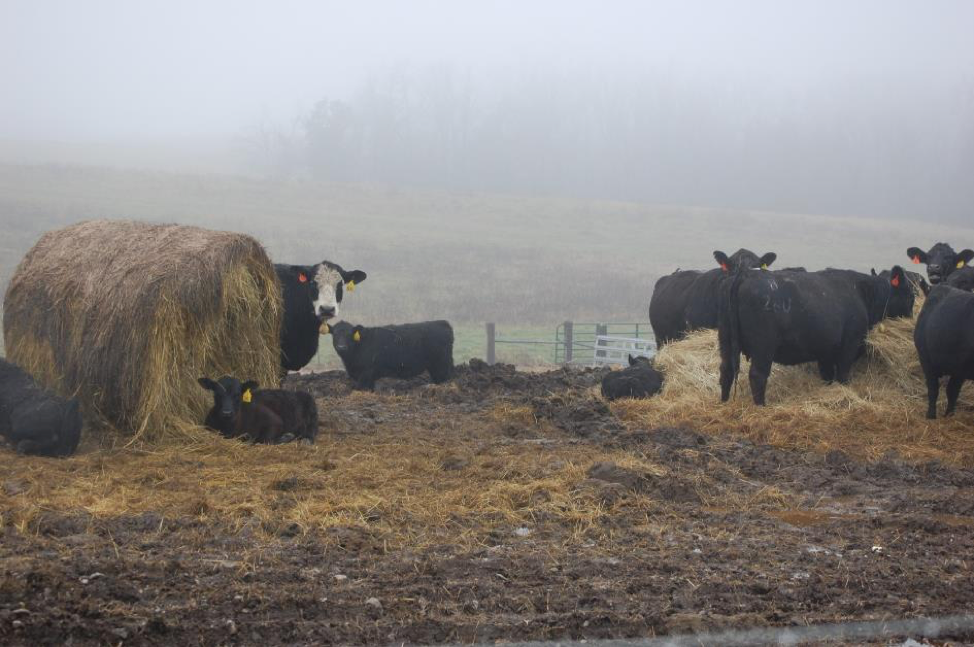
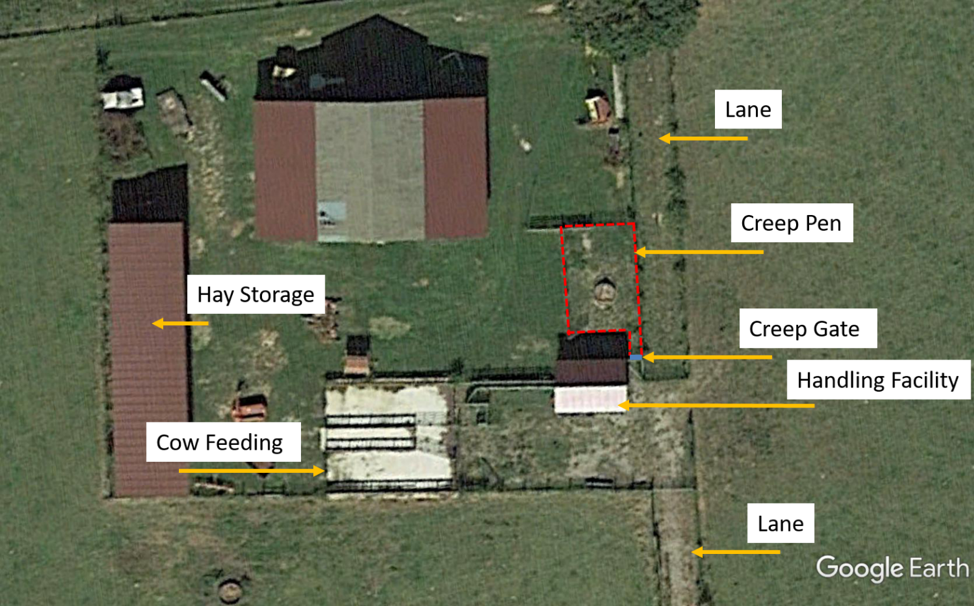
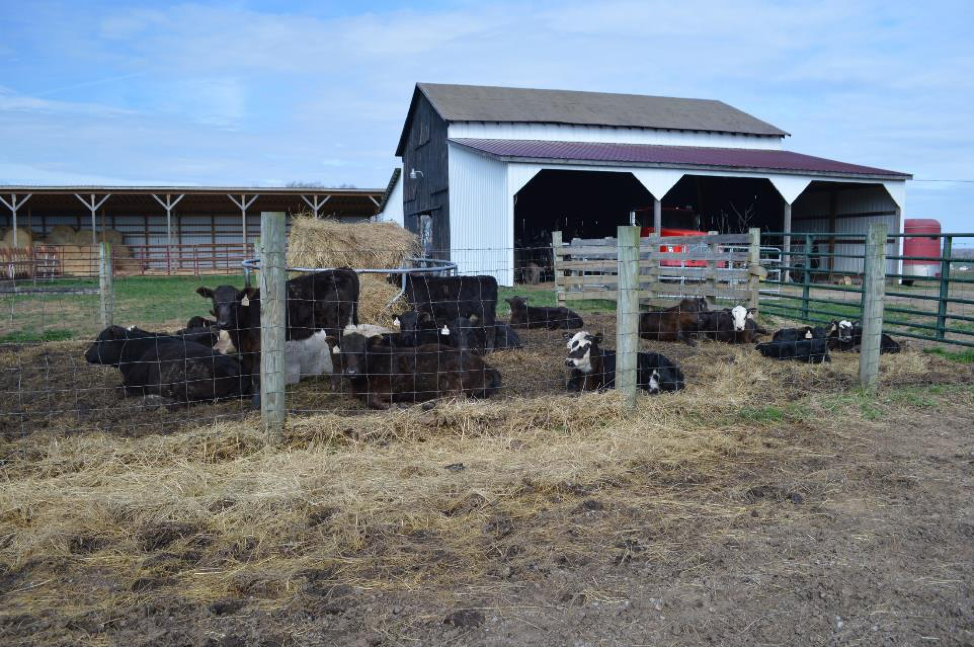

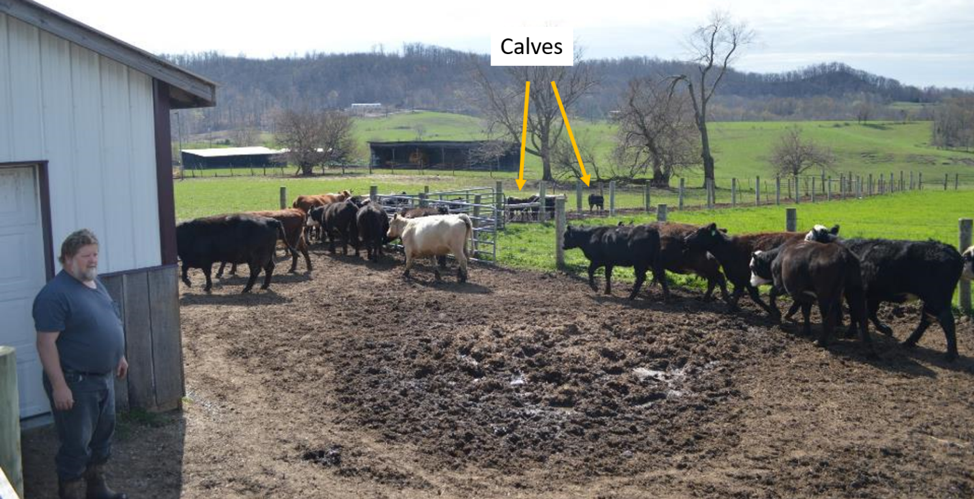
 RSS Feed
RSS Feed
